The second installment of The Hunger Games films hit theaters Nov. 22, 2013. The first film intrigued me enough to watch the sequel and I feel it surpasses the original in every way. The Hunger Games world takes place in a dystopian future where the population of Panem has been divided into districts due to a past rebellion. Each year one male and female are taken from the population of the districts to perform in the Hunger Games ceremony, a kind of survival arena until only a single participant remains. Victors are awarded a lifetime of wealth and removed from lottery eligibility. The Hunger Games: Catching Fire picks up where the last film left off. Katniss Everdeen (Jennifer Lawrence), young victor of the Hunger Games, finds herself trapped with the decision she made to cheat the system in the first movie. She’s haunted by the acts she committed in the Hunger Games competition and forced to perform a sort of raggedy Miss America tour as part of her victory. The film has less action and violence than the previous Hunger Games. The focus is instead on the narrative established for the first film. Katniss Everdeen engages in a victory tour of the 12 districts of Panem with her co-victor Peeta Mellark (Josh Hutcherson). They must continue their farce of a relationship for the public eye or else risk harm to their families. The false relationship they portray to the population of Panem feeds a growing revolution. As Katniss and Peeta read prepared statements on their victory tour, tension erupts and citizens demand something other than the government-mediated truth. Each of the characters in the film seem to operate with their own motivations, leading to some pleasant twists and turns as the story unfolds. On the whole, the film feels like a more mature effort than the previous installment. The characters are more clearly-defined and have more time to develop outside of the action sequences. With a 146 minute runtime, it takes advantage of the time and space to pursue a more focused narrative than the first film. More importantly, the ending sets up anticipation toward the next film rather than...
SITE Scholars Ascend
posted by Brandon Ghigliotty
SITE Santa Fe honored a new crop of young artists during its 2013 SITE Scholars Awards Ceremony on Nov. 21. Honorees included students from SFUAD, Institute of American Indian Arts, St. John’s College, the University of New Mexico, and New Mexico Highlands University.
Glyph Bliss
posted by Brandon Ghigliotty
It’s the time of year to submit! To Glyph Magazine, that is—the literary magazine at Santa Fe University of Art and Design.
Reality Rehearsal
posted by Brandon Ghigliotty
Iman Aoun, co-founder of Ashtar Theatre, recently presented a lecture on the Theatre of the Oppressed and how it manifested through an idea called “The Gaza Monologues.” Through Ashtar Theatre’s youth training program, Palestinian children of all faiths were recruited for a series that helped them give voice to their trauma. Aoun’s mission of making theatre a fundamental need to Palestinian society meant navigating as many as 741 checkpoints on the way to a destination, but the work was vital.
The Living Wall
posted by Brandon Ghigliotty
Tishman saw a surge in nocturnal activity during its 24-hour drawing collaboration. As time went on the wall became a reflection of the participants–colors and figures evolved and melded over the course of the event as space disappeared.
Film Fright
posted by Brandon Ghigliotty
Initially I wanted to do a narrower list of movies, but I’m too much of a fan of horror to winnow the list down to specific decades. I chose the following horror movies based on absolutely no criteria other than personal taste. Some you may be familiar with, but I hope I have a few surprises. Here are five films for All Hallow’s Eve. In order by year of release: Tucker & Dale vs. Evil (2010) This movie is the finest horror movie to come out in years. It’s a bit of a play on horror tropes through the eyes of what would traditionally be considered the “antagonist.” It opens in familiar slasher tradition: A group of college-aged friends get together for a trip to the lake. While the film continuously flirts with the idea of slasher tropes, it revels in the inherent humor and stupidity of the genre. It’s a smart film and, more surprisingly, you might find yourself laughing harder at Tucker & Dale than a dedicated comedy. Trick ‘r Treat (2008) One of my favorite styles of horror film is the horror anthology. Trick ‘r Treat is a series of short horror stories pieced together by a common town and mythos. It utilizes the familiar tropes found in coming-of-age stories to ease its way in and then loses the inhibitions. The stories are interesting, fresh and tightly-packed into its 82 minute runtime. Behind the Mask: The Rise of Leslie Vernon (2007) This one is another slasher that shrugs off its genre. Told in a documentary style, it follows the footsteps of a pseudo Jason Voorhees and how much work really goes into hunting down oversexed teenagers. It educates the audience on the symbolism in horror films, while simultaneously celebrating and embracing...
Walking the Old Main
posted by Brandon Ghigliotty
The riot at the Penitentiary of New Mexico on Feb. 2, 1980 upended the world of corrections. Demands for better food, conditions and programming were forgotten as fury erupted from the residents. The reforms that came out of the event changed prison protocols forever. Now, the administration is embarking on a five-year plan to re-purpose the “Old Main,” which they discuss regularly with visitors on the prison tour. Certainly, the events of the riot—captured vividly in numerous newspaper articles, state reports and books, continue to draw crowds. The guided “Old Main” tour slots have more than doubled due to demand and all ticket proceeds return to increase the quality of the tour and provide future programming for inmates. “Respecting our past to create a better future” is the motto the corrections officer acting as guide offers, before relaying the details of the riot. In the early morning hours of Saturday, Feb. 2, 1980, inmates drinking a crude hooch overpowered the officer that discovered them. Soon, other officers within the dormitory were taken hostage and a set of captured keys liberated other inmates to ensure the riot would continue its course. These newly-freed inmates joined in beating Officer Juan Bustos, stripped and noosed with a belt, during the 12-minute march toward master control. Nearly 100 inmates crowded in front of the newly installed bulletproof plexiglass window of master control. It shattered in three strikes from a fire extinguisher. The armory beneath master control was left undiscovered, limiting the extent of the carnage. Once the master control room was breached, approximately 2:02 a.m., greater access to the prison was attained. Due to construction in cell block five, high risk inmates were mingled with the low risk population. The construction area housed numerous tools left by...
The Murk of Memory
posted by Brandon Ghigliotty
Enrique Martinez Celaya transformed nearly 12,000 feet of gallery space into an autobiographical journey at SITE Santa Fe. “The Pearl” spoke of loneliness, longing and and a troubled relationship to the landscape. Both through absence and explicitness, the work conjured the turmoil of memory. Pushing past the entryway of the installation, the gallery-goer confronts the image of a German Shepherd eating a house-shaped block of meat. Hideous baby laughter bleats out intermittently as the canine devours its meal from the plate. The image was projected on thick canvas blinds that concealed the next part of the journey. Once the canvas curtains hosting The Guardian are navigated, a small window appears on the left, giving a glimpse of the future experience ahead. The space opened up to 24 Casuarina pines leaning against the walls. Small nubs jutted from the tree trunks where the branches have been stripped off. The Forest (or The Others) borders an area enveloped with the cacophony of surging waves and tinkling piano music. A thin ribbon of tubing hung from the ceiling and served as a trail of breadcrumbs leading further into fantasy. A carved statuette of a German Shepherd, its neck betraying its role as a cookie jar, greeted visitors to the room that seeped piano music. The cookie jar’s table was relatively unmarred, with a diminutive ash-splotched unicorn attached to its side. The music, Martinez Celaya’s first composition, sprang from The Stone and the Air, a kitsch-littered old Zenith radio. Twelve porcelain songbirds rested on the radio and walnut shelf, reminiscent of a warm, distant memory. The Short Journey was a rowboat that rested at the center of the room, tarred and feathered, containing a glimmering, toppled lighthouse. Water, possibly taken on during its journey, pooled in the bottom of the rowboat. The Table, a charred dining set, brooded against The Ocean, a projected backdrop of black and white waves. At the center of the dining table was a bejeweled elephant, which, through stubbornness or ignorance, flaunted its opulence against the tragic setting and crashing waves. The tubing continued to an immense space occupied by two paintings staring at each other past a weeping, jewel-studded boy. The first painting, The Dock, depicted three swimwear-clad boys on a pier. The nearest boy looked down the pier at the pair of other boys, one squatting while the other returned the onlooker’s gaze. The painting projects sadness, alienation and longing, although a gallery attendant offered the interpretation that depicts Celaya at different points in his life. Reconciling the two reveals a composite characterization of Celaya’s loneliness. The Separate Cascade slouched at the center of the room, weeping into The Fountain, a pine needle-laden trough that narrowed and snaked out of sight. Moving through the impressive space created distance from the bawling child, a passage of time accentuated by the trickle of water. Then, The New Comer came into view. An uncertain young boy reached out to a smattering of flowers as a hummingbird watched on. “This is where I made my stand” was scrawled along the bottom of the scene. The trough ducked into a room that contained The North, a raw plywood house spewing stars through its roof. The night sky ceiling dripped into walls sprinkled with dozens of taxidermied cotton butterflies–petite cut-outs–interrupted by the sheets from which they were clipped, which gave the illusion of jet-black butterflies through the wounds. The butterfly-infested walls spilled out to a shining white room shrill with songbirds. The Better Place consisted of a labored machine gasping into a set of lungs that floated on a gleaming pond, while a stuffed fox stood amongst a pine tree setting taking in the scene. The asthmatic, desperate child that was Enrique Martinez Celaya brought the observer along with him on his journey through “The Pearl.” A journey through the stirred murk of memory. Photos by Eric Swanson, courtesy of SITE Santa Fe....
Navigable Obstacles
posted by Brandon Ghigliotty
Tom Miller’s first exhibition at Zane Bennett Contemporary Art, Walling: Containing Architecture challenges the difficulties imposed by framing and claiming space, as well the implications of division. Perspective shifts from one side of the barrier to the other: On one side, hope and possibility; and on the other, denial and entropy. “Long Wall with Fix,” a floor sculpture that dominates the entrance of Zane Bennett Contemporary Art, bisects the cracked, striated concrete floor. Gallery goers navigated the wall in their own way, with many simply reaching over to shake Miller’s hand, rather than work their way around. This is an intended consequence and a result of Miller’s desire to thematically enact walling and distance through a barrier installation. Throughout the night, people seemed to gather on the side of the wall that faced the entrance. Its white face interrupted by raw plywood patchwork near the top. The front starkly contrasts the rear, its naval-gray neutral hue and tank trap trusses evident and imposing. One side stands clean, welcoming and projecting perfection, while the other feels militarized and built to task. The same materials—plywood, resin and paint—crafted for different evocative purposes. The work weaves through the gallery. A narrow stretch of hallway holds work that lies vertical in opposition to the long horizontal hall. Just before the path turns the hallway, “New Standard” appears. The perspective of the painting denotes two symmetrical swathes pulling away from the center, and each other, threatening to creep from its canvas and wrap around its privileged space. “Small Tower“ marks the beginning of the hall, both obstacle and observation tower, with a peg leg repair that replaces one of the four feet it rested upon. In the hall, a piece known as “Slice“ beckons observers closer. “Slice’s” top shows marred, exposed wood—forgotten or...
Art Infusion
posted by Brandon Ghigliotty
The Fall 2013 semester is bustling with events and the art department is no different. Three events draw near: faculty member Tom Miller’s exhibition at Zane Bennett Contemporary Art, Enrique Martinez Celaya’s lecture in Tipton Hall and hARvesT, the 2nd annual juried exhibition. Tom Miller’s exhibition, Walling: Containing Architecture, looks to challenge the role of barriers in society. Miller’s concern lead him to a body of work that navigates the notions of transition and perspective. The show features an installed wall centerpiece measuring 24 feet in length. Its front—a stark, neutral white—contrasts sharply with the worn back, which reveals supports reminiscent of tank traps. Miller was worried about being limited to painting when he entered graduate school. “With sculpture I could do anything,” said Miller. On Oct. 1, Enrique Martinez Celaya comes to campus for a lecture in Tipton Hall. Martinez Celaya, a Cuban American artist, is responsible for shaping nearly 12,000 feet of gallery space at SITE Santa Fe. According to Martinez Celaya’s biography, he was pursuing his doctorate in quantum physics before shifting his focus to the art he practiced in his spare time. Given the gestures of reclamation within Martinez Celaya SITE Santa Fe exhibition, it would be a great opportunity to ask questions such as, “I read something in your biography about laser patents. What the hell, man?” The lecture is a collaborative effort between SITE Santa Fe and Santa Fe University of Art and Design. Linda Swanson, chair of the art department, discussed the relationship between SITE Santa Fe and the university. Such as the opportunities afforded by internships and the benefit of having Joanne Lefrak, director of education and outreach, engaging with the students in the classroom. “I think of them as one of the institutions that expands...
The Meaning of Gloom
posted by Brandon Ghigliotty
When I arrived at Fort Marcy Park, I had no idea what to expect. The air was filled with the scent of fair food: funnel cakes, turkey legs and various other carts spewing out New Mexican favorites. The mood was reserved, and there were still a number of hours before the actual ritual was set to begin and the crowd was not quite filled out. I was unimpressed. There was little difference between this and something like a county fair—except a fair would have booths and rides to entertain. Was this the Zozobra everyone was talking about? This was my first burn and I wasn’t feeling it. After my arrival I drifted over to the official “Gloom Box,” the place for people to write down their worries, stuff them in a box, then have them put into a giant puppet. I scrawled my most dominant worry (I didn’t want to spread the magic over several worries) onto a small slip of paper, folded it, then tucked it into the gloom box. A sticker of triumph was passed my way—the word “gloom” in black letters, crossed out with a red line and circle. I kept an eye and ear turned towards the gloom box. There was something about it. Orderly queues formed. People posed for photos after filling the box with their lamentations. Parents instructed their children on the procedure, letting the kids write out their own worries, then hoisted them so they could push the paper into the box themselves. My initial reaction to the ritual was that people were using Zozobra as a scapegoat. That they were pushing off responsibilities onto this victim, but it was more than that. They drank in the ritual some had participated in for generations, conjuring up what...
Hanging with Joanie Spain
posted by Brandon Ghigliotty
By Brandon Ghigliotty Last spring, SFUAD Career Services Center Director Joanie Spain sat down with Jackalope to talk about her job in career counseling at SFUAD, and her favorite hobbies....
A MIX to Remember
posted by Brandon Ghigliotty
By Brandon Ghigliotty/ Photos by Sandra Schoenenstein Taking place on the third Thursday of every month, February’s MIX Santa Fe was held at the Santa Fe Culinary Academy. The upper-level space consisted of winding rooms opening into a large demonstration kitchen. Several platters of food were exhaustively replenished during the event by Executive Chef Rocky Durham and his crew. “People love the Azerbaijani flatbread,” said Durham. It was delicious. Chewy, herbed bread with a sharp tinge of cheese. It was easy to see why the platter emptied so quickly. Other platters held shrimp spring rolls, pork-filled lettuce wraps and vegetarian nori rolls. Blue Corn Cafe & Brewery manned the cash bar, initially serving beer in glass jars, then abandoning them for the more traditional plastic cup. People met up, introduced each other to new acquaintances, and generally broke the MIX drought brought on by MIX’s absence in the months of December and January. Speaking with Kate Noble, MIX coordinator and special projects administrator with the Economic Development Division for the City of Santa Fe, the past 31/2 years of MIX have had their ups and down. Yet, even during the low points, “We were still hearing about people making connections or getting work and being able to stay in Santa Fe,” Noble said. Entrepreneurs took the opportunity to hand out flyers on their projects, Dawn Hoffman of Only Green Design gave information on “Upcycle Santa Fe”: a festival to come up with creative solutions to the ecological issues that face the community. Another entity on site was the graphic design collective known as “Hexagono”, a group of Santa Fe University of Art and Design students, seeking donations to their project “The Importance Of,” which is “A 200 page hard-bound book exploring Graphic Design as Contemplative Art.” One...
Cirque du Santa Fe
posted by Brandon Ghigliotty
By Brandon Ghigliotty/Photos by Sandra Schoenenstein “Mr. Speaker gentlelady from Chavez County, do you love the lesser prairie chicken?” The house gallery erupts in laughter. My reaction is slightly different. I’m uncomfortable with the fact that someone pleading to thwart a species’ extinction is being humiliated. I exit the chamber, shaking my head clear of the ringing laughter. Ideas escape me and the only persistent one is shot down. My colleague convinces me it is too early to visit the bar. I consider writing about the art of the Roundhouse, the paintings of men in cavalry coats striding across the desert, the buffalo built from recyclables (which happens to mark North in the Roundhouse) and the various other bits of furniture and sculpture that have found a home here. It would be easier to approach the pieces of art and their placards than it would be to approach the mayor while he sips his soft drink. I do neither. My photographer arrives and we re-enter the house gallery. Her eyes light up. The lesser prairie chicken is still the topic of debate. “Mr. Speaker, gentlelady…” The question rambles. A frocked woman is trying to ask whether helping the lesser prairie chicken’s current plight would be addressing a drought problem rather than a lesser prairie chicken problem. That perhaps intervention to mark the lesser prairie chicken as endangered is not the best answer to an issue brought on by drought conditions. The response she receives: god is in control of our drought situation. I am stunned. My brain is sick with the implications of this statement. If god made us, and we’re killing the lesser prairie chicken and god simultaneously is trying to snuff them out with a drought. Then god clearly has no love for...
Al-Mutanabbi Street: A Desecrated Tome
posted by Brandon Ghigliotty
By Brandon Ghigliotty/Photos by Shayla Blatchford On March 5, 2007, a dagger pierced through the intellectual heart of Baghdad: Al-Mutannabi Street, known for its cafes and bookshops, was bombed. The motivations of the people responsible for this are clear: silence the vehicle of Iraqi expression. The response from Beau Beausoleil, a San Francisco-based poet and bookseller, was to organize a salvo of broadsides, defiant posters proclaiming, “The past is our culture/Remember our future” and “Al-Mutanabbi Street is a phoenix that will be reborn from the ashes.” The call for broadsides was answered by more than 130 printers worldwide. The exhibition entitled “Al-Mutanabbi Street Starts Here” opened Friday Feb. 8, featuring work from local Santa Fe artists Lauren Camp, Donna Ruff and Suzanne Vilmain. Some of the work in the exhibition sits peeled and charred – another lies in a heap of scrap paper strips. The pieces are spread out on elevated platforms like forensic evidence. A piece by Julie Shaw Lutts entitled “Remembrance” is a set of three lengths of accordion fold associative poetry. Each section has its own name: pain, grief or recovery; and draws from the starting word to push through the work. For Linda Swanson, chair of the art department, having the university included in the tour “means we are now part of this community that’s thinking about this. It’s now in the foreground and has a powerful insistence that we don’t turn away.” Five years after this particular bombing took place, the momentum of the outcry still presses onward with touring dates into 2015. For Donna Ruff, the turnout for the exhibition’s opening was “great for a Friday in Santa Fe” adding that “it’s not about an arts show, it’s about being a witness to an event.” For Linda Swanson, the exhibition is not through with what it has to offer. “It’s organic, it is a living exhibition with a pulse.” Organic is the perfect way to describe the project, as there are already talks of including work from SFUAD students on future stops. “Al-Mutanabbi Street Starts Here” makes a concerted effort to bring attention to the plight of artists and thinkers in a part of the world that has the greatest need for literature, poetry and culture. It is optimistic to think that art could act as the styptic powder for the wounds of a war-torn nation. The problem remains: the source of Mutanabbi Street’s rending still exists and ignorance is their armor against the efforts of the exhibition. ...
Donna Ruff: Printmaker...
posted by Brandon Ghigliotty
Story by Brandon Ghigliotty/Photos by Shayla Blatchford I had the opportunity to interview Donna Ruff, printmaker, illustrator and Art Department faculty member of nearly two years at Santa Fe University of Art and Design. Ruff, with an MFA from Rutgers, has more than a decade of teaching experience spread throughout New England. On a late Sunday morning, openings in our schedules converge to allow me to get to know more about her work. What drew you to printmaking as a medium? Donna Ruff: Rutgers has an important printmaking department. At the time they had the Rutgers Center for Innovative Print and Paper, but it’s now called the Brodsky Center, after one of my professors, Judith Brodsky. They bring in artists from New Jersey and New York on grant programs to do projects in printmaking, with papermaking as an element if the artist wants to do that. I had professors who were well known in that field—besides Judy, I had Lynne Allen as a professor. She was a master printer at Tamarind at UNM for years and we discovered we had mutual friends in Albuquerque. I had never tried lithography—it seemed quite daunting, as it involves some alchemy—the print results from oil and water not mixing, and is planographic. So there are a lot of ways it can become a big mess on the plate. I was an older student and Lynne took me in the darkroom and showed me how to make a photographic litho, which changed my work in a huge way. I also learned to make paper, and understand its particular qualities. Printmaking departments, even at Rutgers, are having a hard time holding on. It’s thought of as too “old school” or something. Colleges are scrambling to build New Media departments, and...
Art Awaits
posted by Brandon Ghigliotty
Story by Brandon Ghigliotty/Photos by Shayla Blatchford The main lobby of the Thaw Art History building greets me with a faux bathroom. In place of a mirror, a screen plays looped video above its sink. The installation crowds the main lobby and forces visitors into the rest of the building. A large piece beckons at the end of the hallway, a many doored wooden box around five feet tall—its flanks draped in black cloth. Rusty hinges flex while the apparatus behind it ticks and strains. The work in the hallway, part of a joint exhibition entitled Range that will be shared with Universidad del Mar in Chile, continues past the restrooms with the sketch of a tree trunk. The illustration’s color defies the verdant nature of the piece, with its bruised, purple coloration exacerbating the veins of the tree’s trunk. While examining the piece, a figure approaches from my peripheral vision. I shift my weight and scoot out of her way, greeting her. She nearly passes before I recognize her: Linda Swanson, chair of the art department. I begin to introduce myself, but I’m interrupted by her. “If you want to talk, you’ll have to keep up,” she says. I roll to the balls of my feet and spring up after her as she strides down the passageway. Photographer Shayla Blatchford and I follow Swanson to the building’s kitchenette. She multi-tasks while speaking to us. Swanson punches the microwave and trades out mugs, before she splits tubes of instant coffee over them. She tells me about a recent event within the Art Department. Santa Fe University of Art and Design’s Kristaan Villela, who holds a doctorate with an emphasis in Pre-Columbian Art, hosted a lecture on the role of the Apocalypse throughout mankind’s history. The...




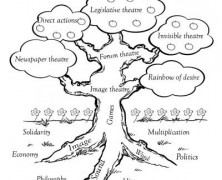
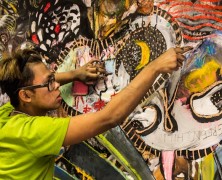

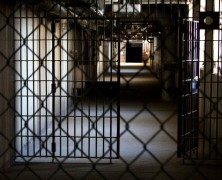
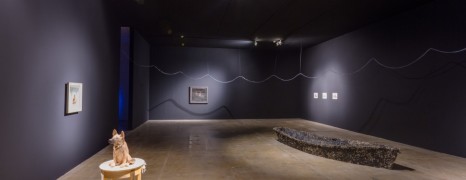
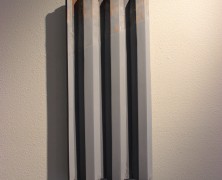
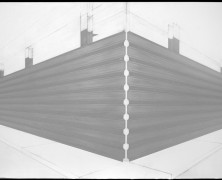
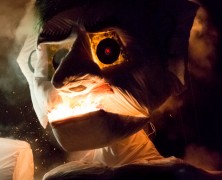

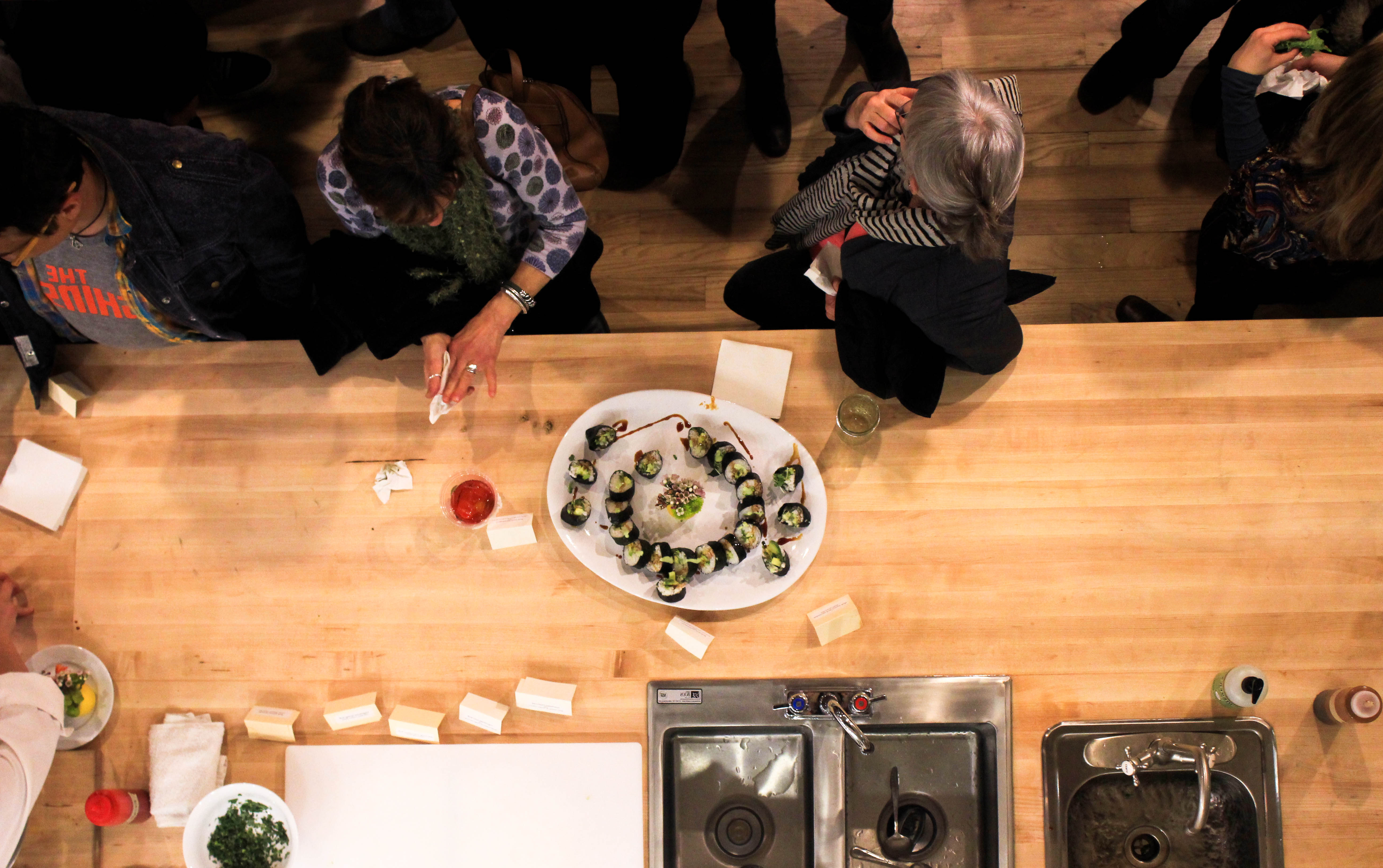
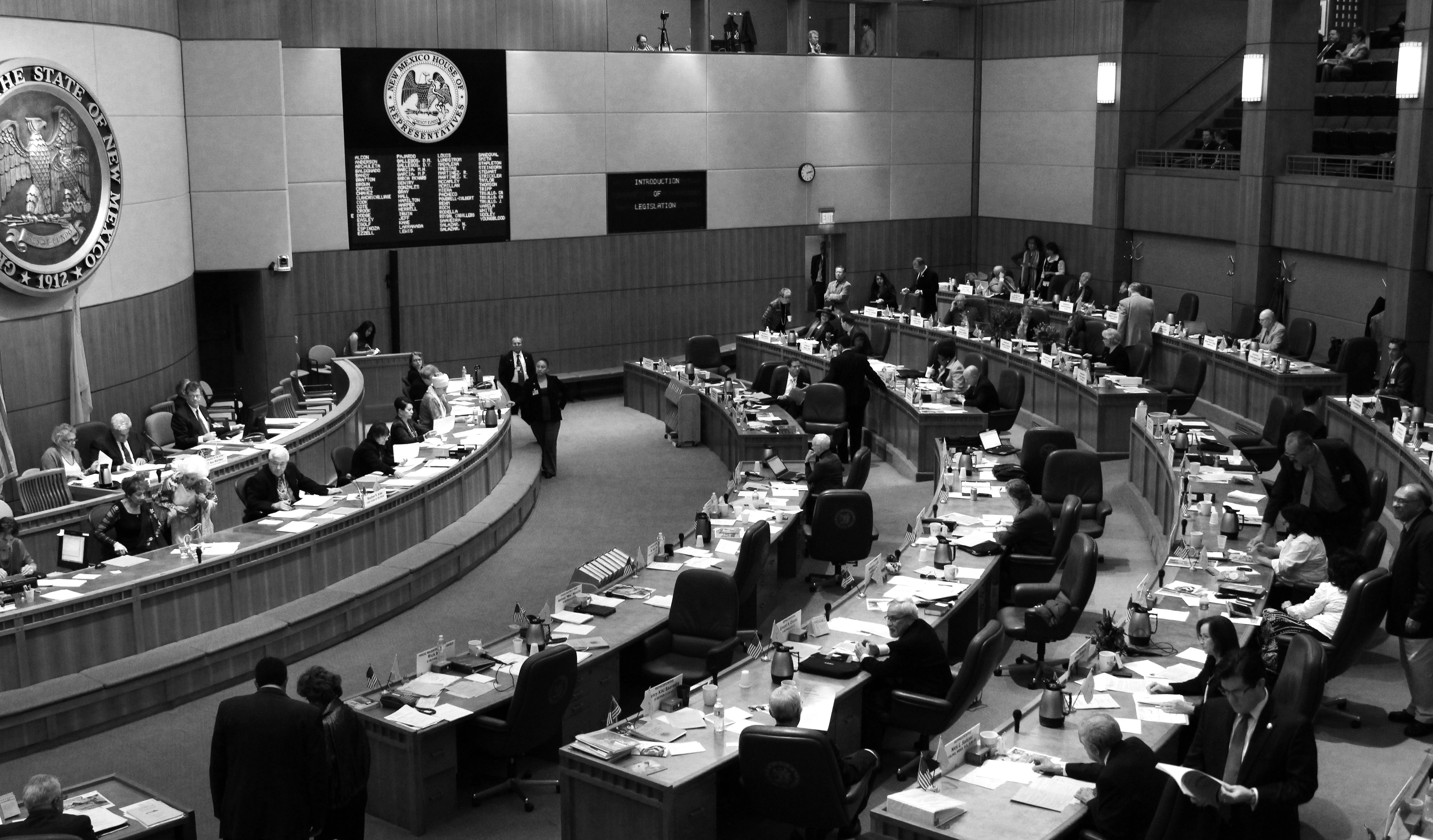
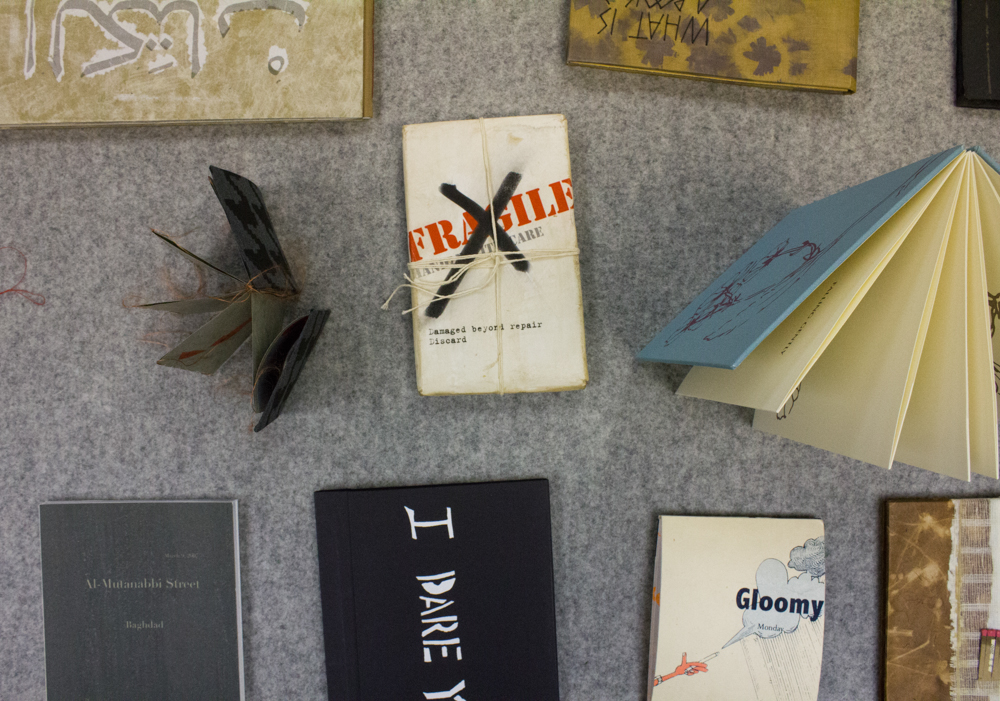
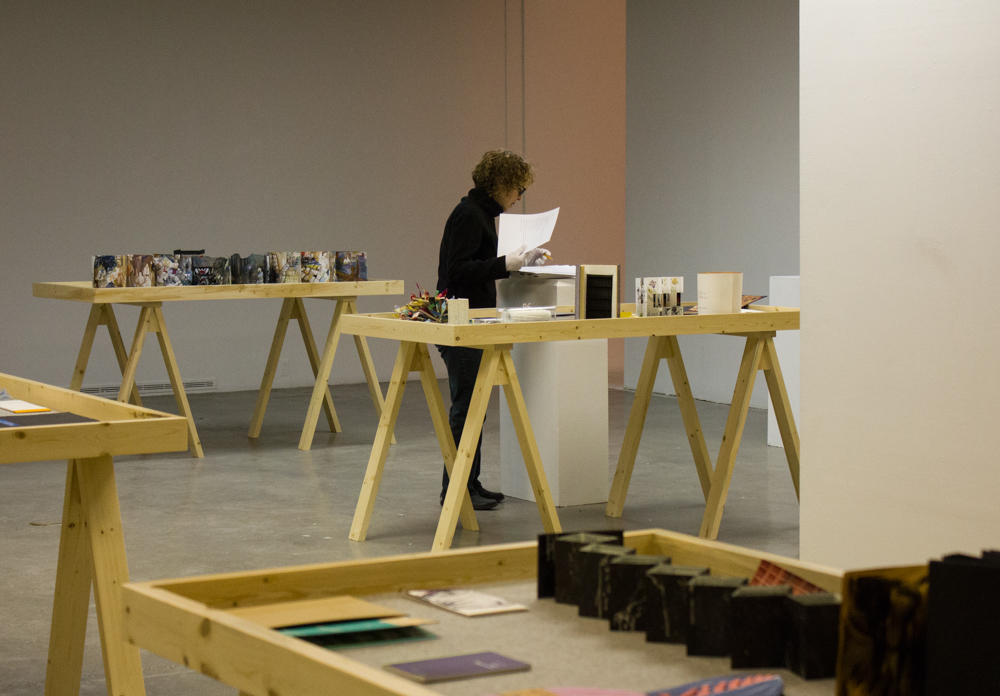
 Jackalope Magazine is the student magazine of Santa Fe University of Art and Design. Building on the interdisciplinary nature of our education, we aim to showcase the talent of our university and character of our city.
Jackalope Magazine is the student magazine of Santa Fe University of Art and Design. Building on the interdisciplinary nature of our education, we aim to showcase the talent of our university and character of our city.
Recent Comments